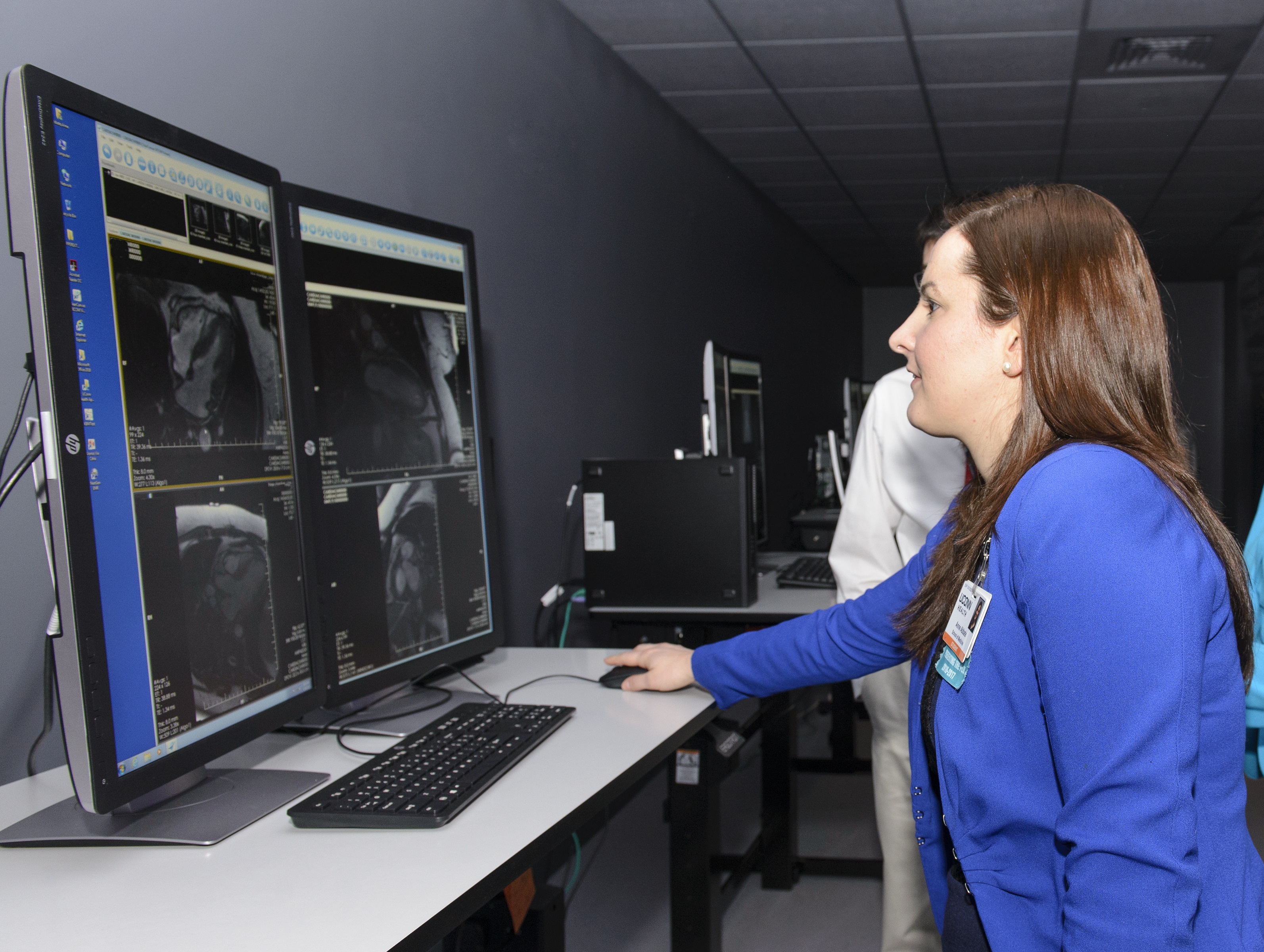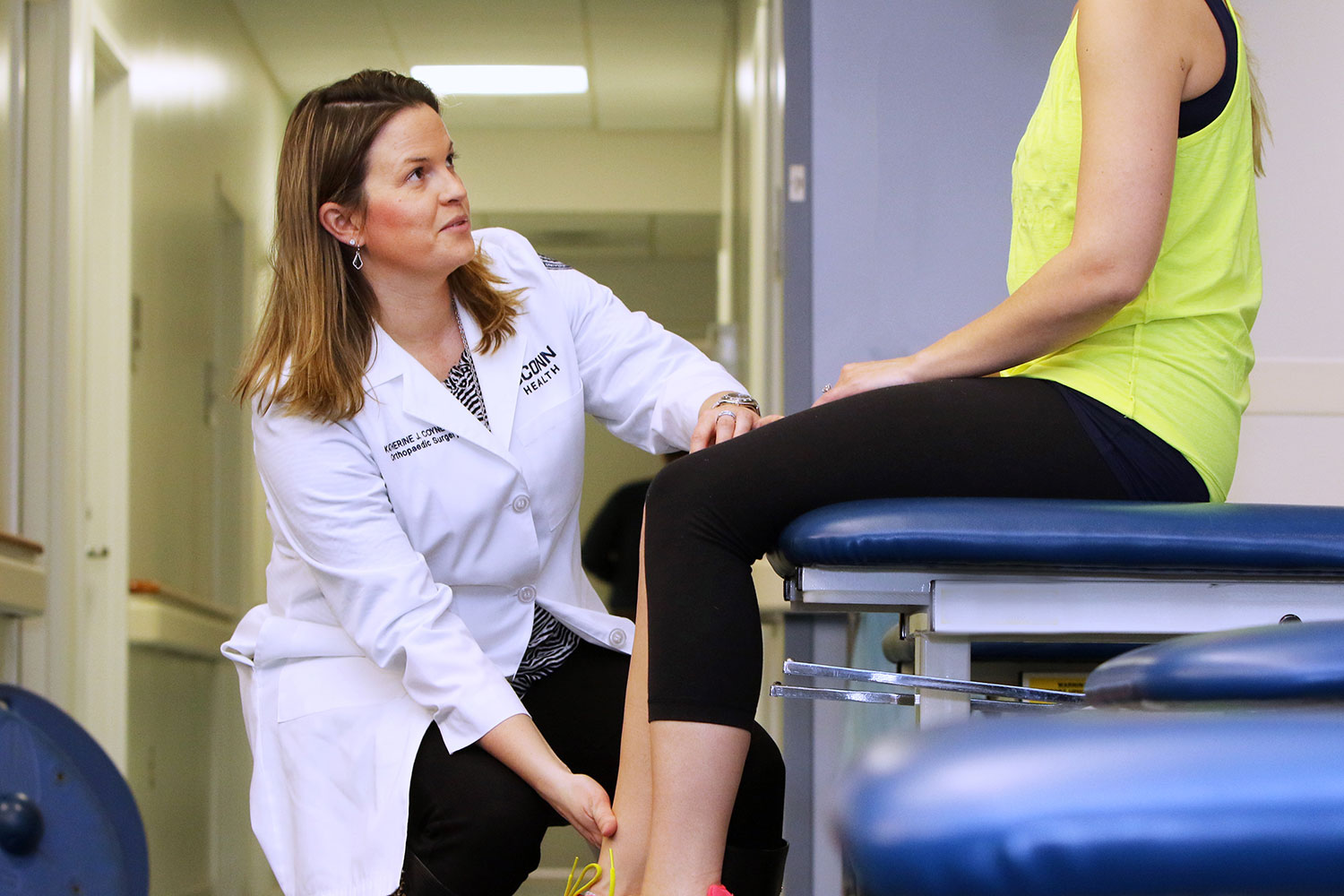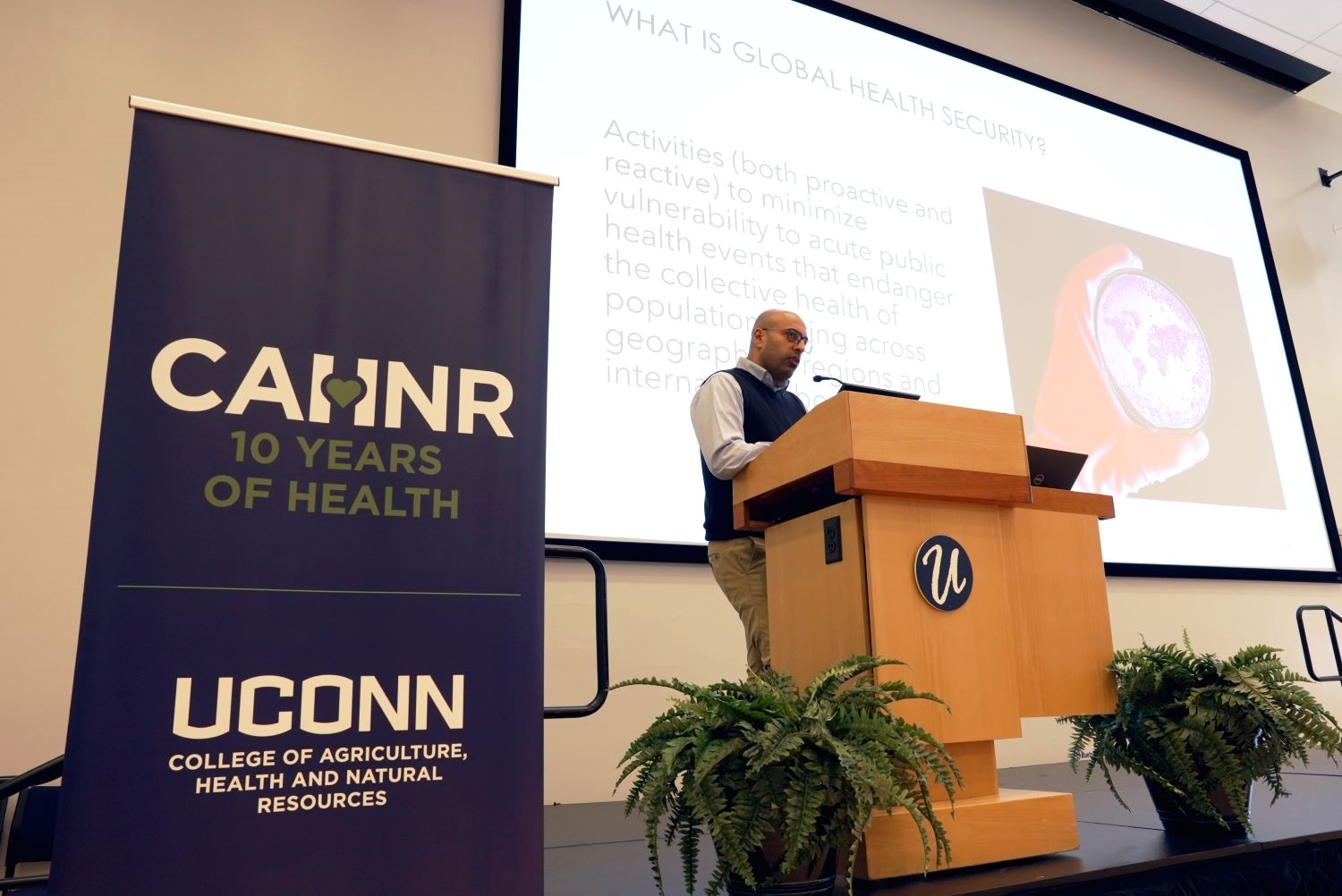With the majority of today’s physicians graduating from medical school without comprehensive training using electronic health records (EHR), UConn School of Medicine is helping lead the way forward to increase students’ real-world training experiences.
The American Medical Association (AMA) and the Regenstrief Institute are disseminating the new Regenstrief EHR Clinical Learning Platform to medical schools like UConn’s across the country in efforts to create the medical school of the future. The first-of-its kind training platform was developed by Indiana University School of Medicine (IU) and the Regenstrief Institute.
The EHR training tool allows students to learn how to virtually care for patients with multiple, complex health conditions by navigating records, documenting encounters, and placing orders within an application that is similar to the EHRs used in clinical practice.
UConn School of Medicine has adopted the Regenstrief EHR Clinical Learning Platform as a member of the AMA’s prestigious Accelerating Change in Medical Education Consortium. The EHR platform will soon be implemented at other schools.
“In our growing digital age, healthcare delivery is rapidly changing,” says Dr. Suzanne Rose, senior associate dean for education at UConn School of Medicine. “It is critical that all medical students have exposure to integrated EHRs which will be a mandatory part of their future care of patients.”
UConn’s implementing the EHR platform in two of its new MDelta curriculum’s courses, including a course that introduces students to patients within virtual families embedded in the EHR to give clinical context to basic science, clinical medicine and social science principles. UConn is also using the platform to allow students the opportunity to mine the platform’s extensive database of mis-identified patients to learn about populations and social determinants of health and disparities.
Rose adds: “UConn’s medical school is excited to further enhance our educational innovations by integrating the available Regenstrief EHR platform into our curriculum—taking advantage of the endless possibilities that the platform offers to explore all aspects of medicine and patient care.”
AMA Vice President for Medical Education Dr. Susan Skochelak says: “Too often, students enter residency training without the ability to effectively and efficiently work with EHRs, even though they are one of the primary tools physicians use in everyday practice. That is why we have been working with some of the nation’s leading medical schools to develop bold, innovative ways to improve physician training. The Regenstrief EHR Clinical Learning Platform is one major result of this collective work to ensure physicians are prepared to hit the ground running when they enter practice.”
Dr. Blaine Y. Takesue, Regenstrief research scientist and assistant professor of clinical medicine at IU School of Medicine says: “Investment in the Regenstrief Electronic Health Record Clinical Learning Platform will improve healthcare by improving the informatics ‘IQ’ of medical students and other healthcare profession students.”
The AMA launched its Consortium in 2013—providing $11 million in grants to fund major innovations at 11 of the nation’s medical schools. Together, these schools formed a Consortium that shares best practices with a goal of widely disseminating the new and innovative curricula being developed. In 2015 the AMA expanded its Consortium with grants to an additional 21 schools to develop new curricula that better align undergraduate medical education with the modern healthcare system. Providing medical students with the ability to use EHRs during their training is one of the innovations identified by the Consortium as necessary to the medical school of the future.
With support from the AMA, the Regenstrief Institute is actively working to engage medical educators from across the country to implement the EHR clinical learning platform into their medical schools’ curricula.



